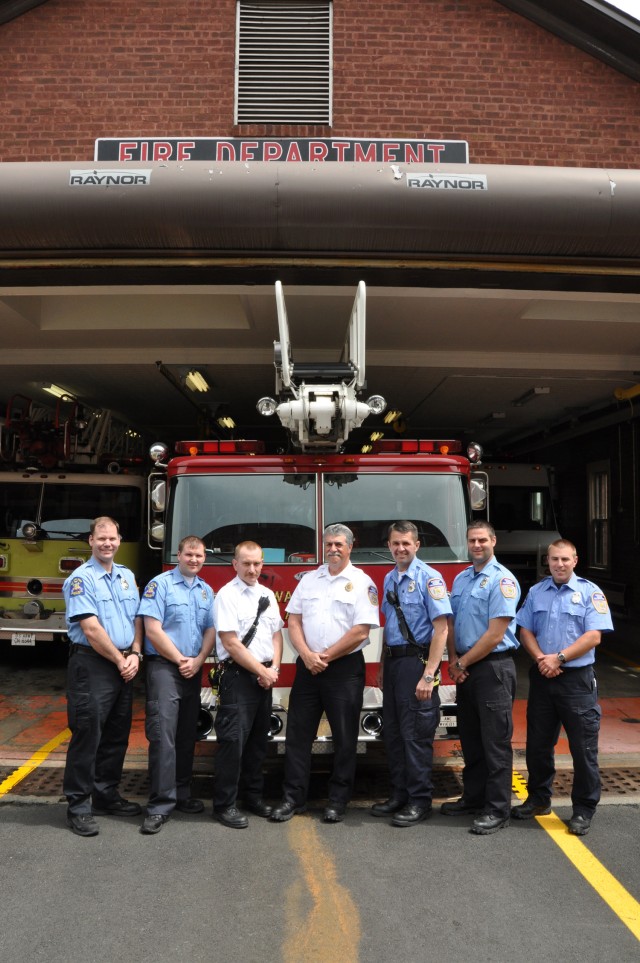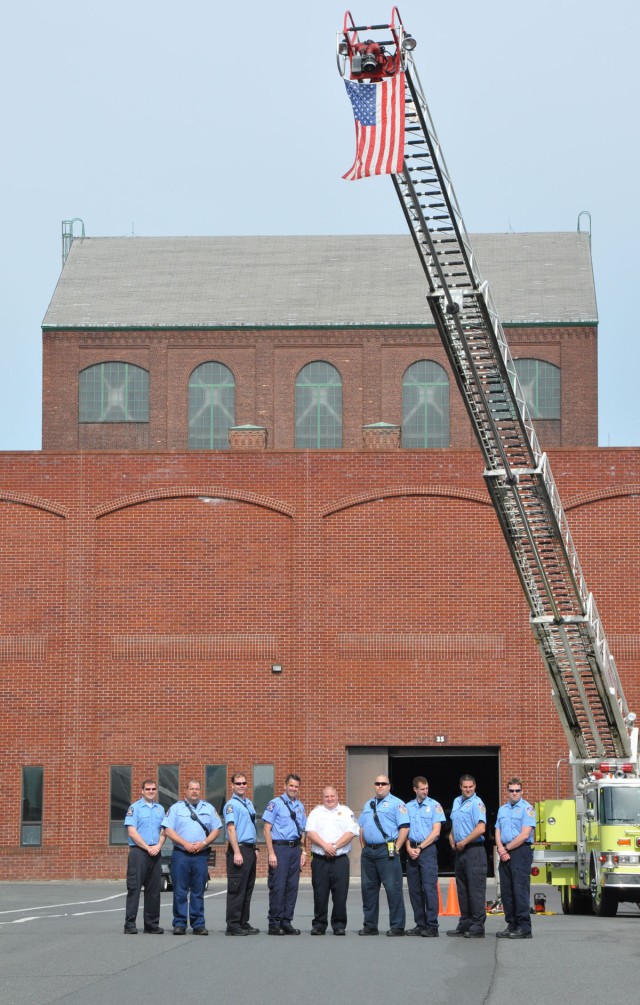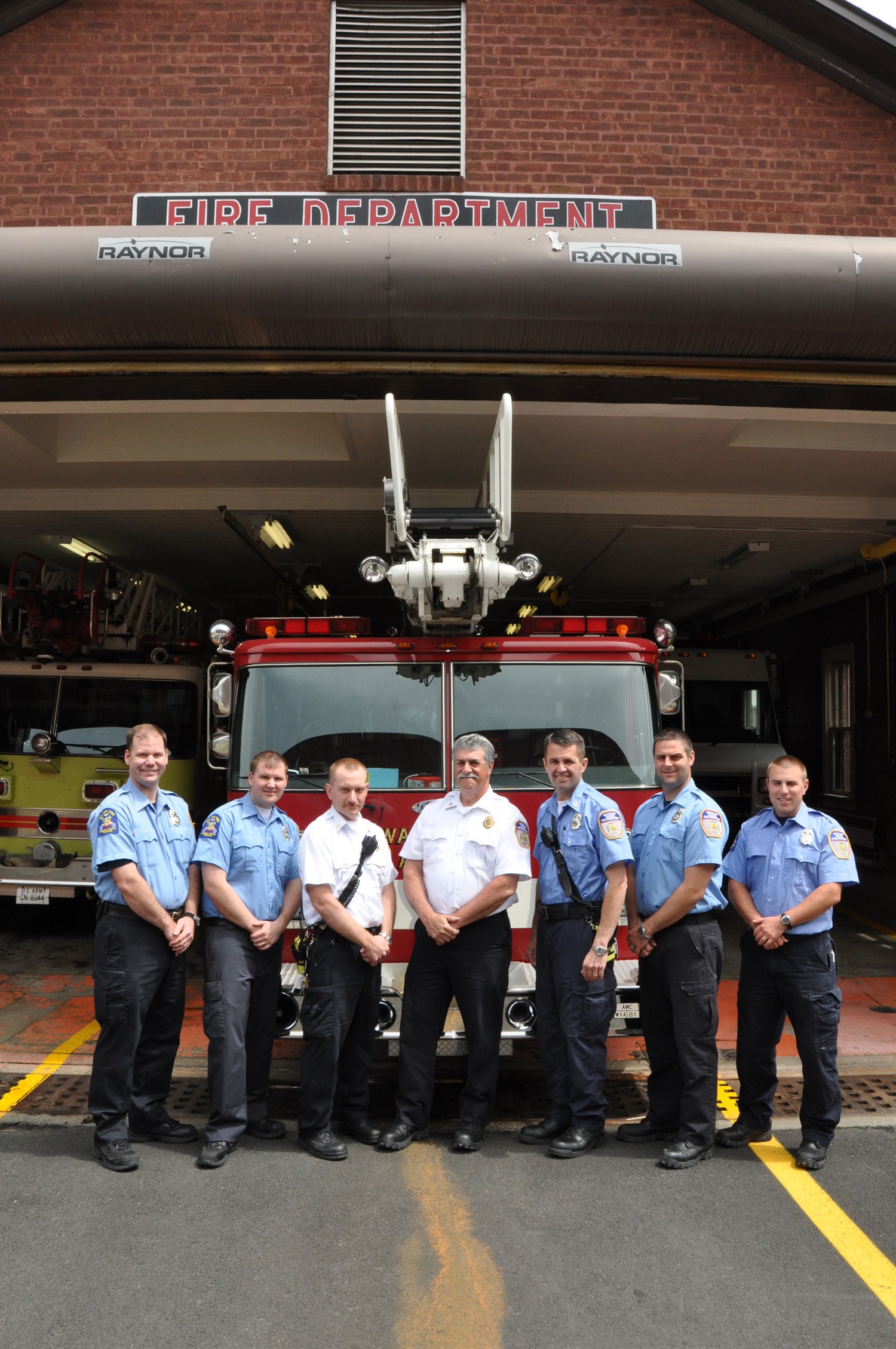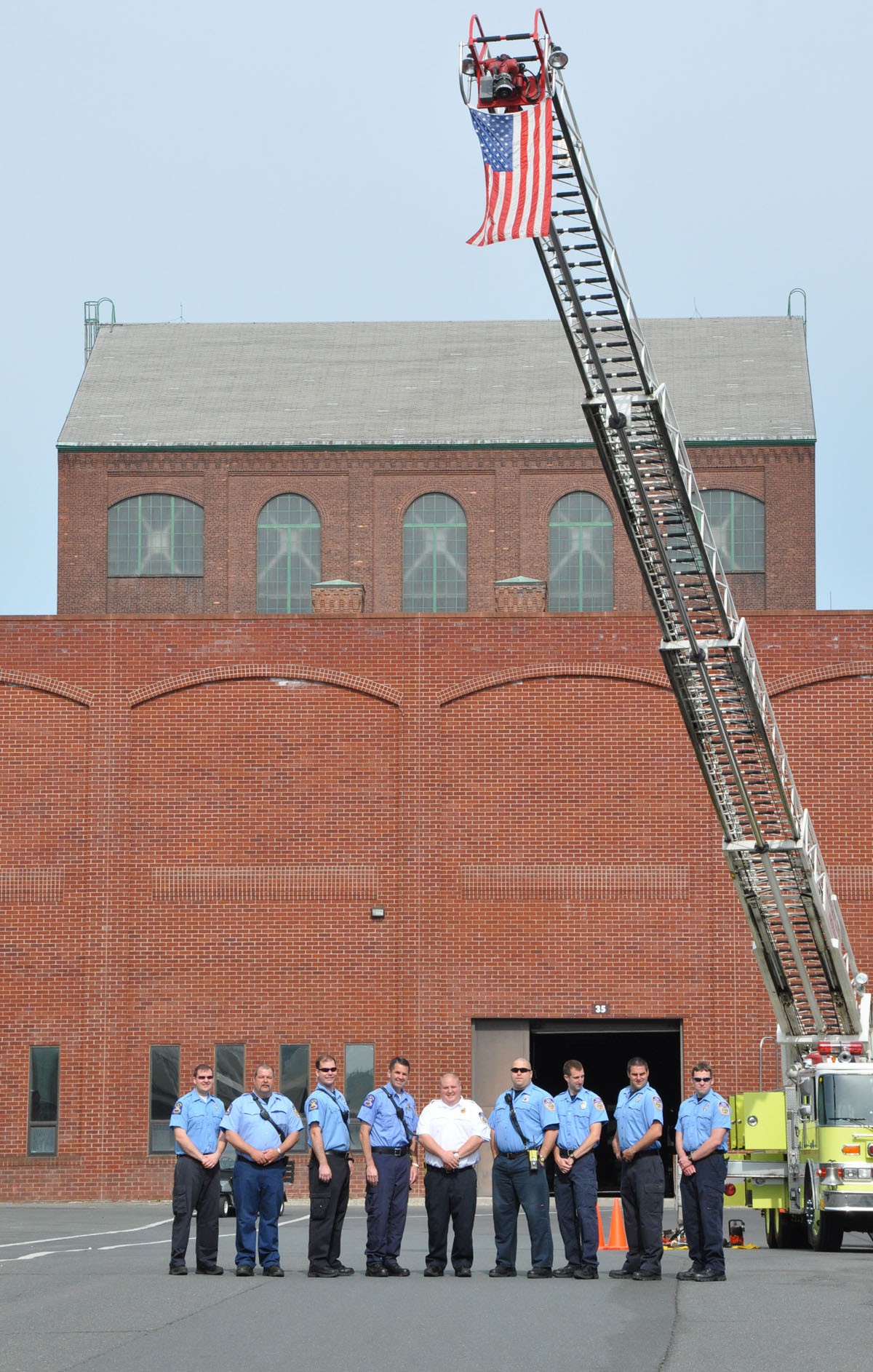WATERVLIET ARSENAL, N.Y. -- The eerie klaxon sounds that often come in the dead of the night may not mean much to most people. Most folks, if they even wake up, might give the sound only a quick thought that somewhere there may be trouble. They may lift their head up for a moment, do a quick inventory of their surroundings, and then fall back to sleep. Surely, they may think, there is someone else who will handle whatever trouble there is in the community tonight.
More than 1,300 workers drive in and out the Arsenal gate every day. They work in offices, tool rooms and by furnaces that heat metal up to 2,000 degrees. If they hear a siren, they may give it a quick thought that somewhere on the Arsenal there may be trouble. They may lift their head up for a moment, do a quick inventory of their surroundings, and then go back to whatever they were doing. Surely, they may think, there is someone else who will handle whatever trouble there is at the Arsenal today.
Fortunately for the Arsenal workforce, there is someone else who will respond - any day and at any hour - to the klaxon sound.
Since the 1820s, these emergency responders, who we call firefighters, have answered thousands of calls for help. Sometimes they have entered buildings where barrels of black powder were being stored to put down a fire, while watching others flee for their safety. But they were ok with that because it was their sense of "duty" to restore order at the Arsenal.
There was even a time when these firefighters welcomed a new commander on his first day at the Arsenal by putting out a major machine fire in Building 35. Although Col. Gene E. King may have thought, "What did I get myself into'" He may also have developed a sense of comfort that there were professionals who will handle whatever trouble there is at the Arsenal.
Today's Arsenal firefighters, who number 14, are led by Fire Chief Kim Polcare. Some of Polcare's firefighters claim that he actually manned the first steam-powered fire engine at the Arsenal. But a check of personnel records show that Polcare has served at the Arsenal for only 31 years. There is a lot of love in the Arsenal fire station.
But behind all the kidding that goes on within this team, there is also a sense of seriousness that transcends all discussions. After all, they are professionals who came to the Arsenal well-trained and experienced.
Polcare said that prior to being hired, each firefighter has to be certified in two levels of Department of Defense firefighting, certified in Hazardous Materials Operation, and certified as an Emergency Medical Technician or EMT.
"It may take an individual years to achieve all the required certifications to work at the Arsenal," Polcare said. "We also do not have much turnover and so, we can be very selective on who we hire."
But to someone who is seeking emergency aid, certification may not mean much. We have all experienced running into someone who is certified to do one task or another. And after that meeting, we sometimes ask ourselves, "How did that guy ever get certified'"
What may give folks more of a peace of mind, however, is for them to develop an immediate sense that the emergency responder is "competent and confident" regardless of his or her certification.
Captain Steve Mair said that at any given moment several Arsenal firefighters may be on a mutual aid call off post fighting a fire, while the remaining firefighters at the Arsenal may have to respond to an emergency medical incident here.
"It is essential that we don't become complacent in our mission because each call for assistance has its own unique situation and requirements," said Mair. "We not only train every day to respond to a wide variety of situations, but we also put in a lot of time into cross-training so that every firefighter brings to each emergency situation a common capability."
The Arsenal fire station is also well integrated into community support via several mutual aid agreements. Nearly 75 percent of emergency calls come from such local communities such as Watervliet, Troy, Menands, Cohoes, and the Albany County. And if the Arsenal needs outside emergency support, those same communities will respond.
So, the next time a klaxon sounds at the Arsenal, the workforce may lift their heads, take inventory and just maybe, give a quick thought of thanks to those who will competently handle whatever trouble there is - any day and at any hour - at the Watervliet Arsenal.




Social Sharing